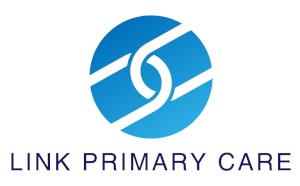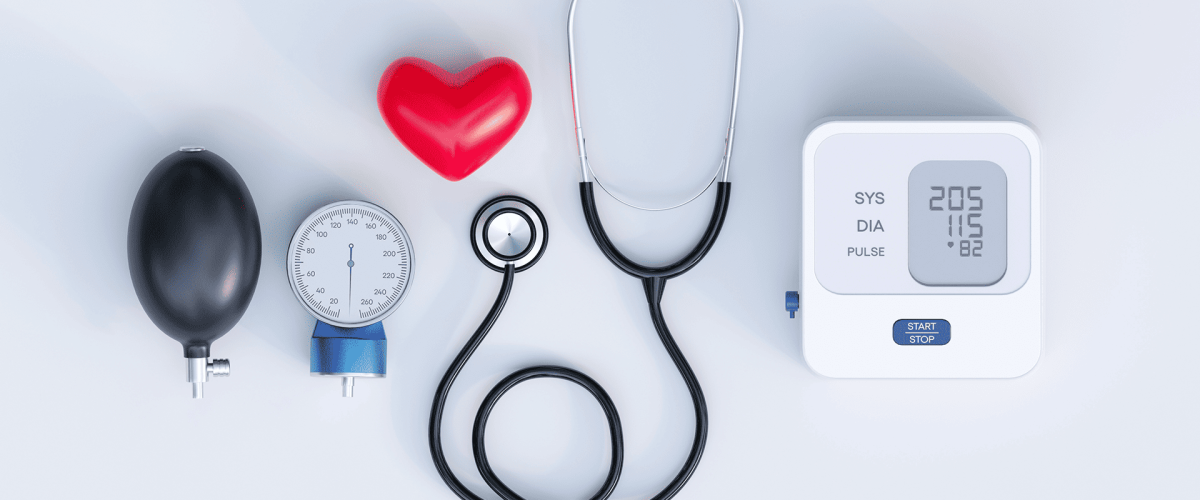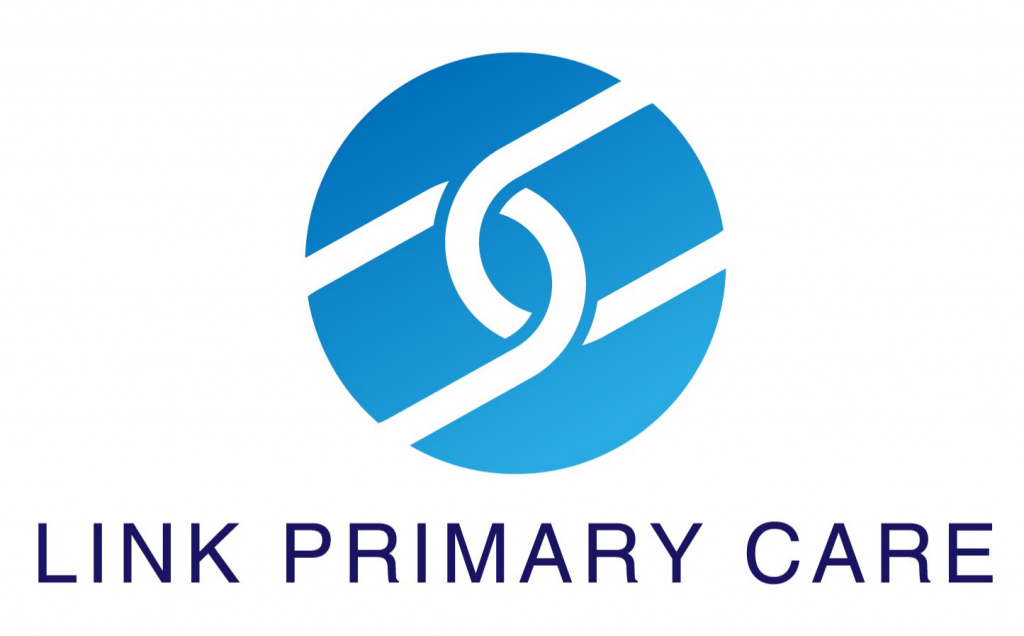High blood pressure, also called hypertension, affects millions worldwide. It’s often called the “silent killer” because it rarely shows symptoms until serious damage occurs. While it’s common, untreated hypertension can be dangerous, but you can control high blood pressure.
In this comprehensive guide, we’ll explore what high blood pressure is, why it’s dangerous, how to recognize risks, and ways to manage it. Plus, we’ll explain how our personalized, affordable care can support your health journey.
For the most recent guideline for blood pressure, here’s an article from the American Medical Association:
https://www.ama-assn.org/delivering-care/hypertension/new-bp-guideline-5-things-physicians-should-know
What Is High Blood Pressure?
Blood pressure measures the pressure of your blood inside your arteries. It’s expressed as two numbers:
- Systolic Pressure: The “top” number, the maximum pressure when your heart pumps.
- Diastolic Pressure: The “bottom” number, the pressure when your heart rests between beats.
Normal blood pressure is below 120/80 mmHg.
Why High Blood Pressure Is Dangerous
Hypertension puts strain your heart, arteries, and other organs. Over time, it increases the risk of:
- Heart Attack and Stroke: High pressure damages arteries, causing blockages or ruptures.
- Kidney Disease: Your kidneys filter blood, so damage to vessels impacts their function.
- Vision Loss: Hypertension can harm blood vessels in your eyes.
- Cognitive Decline: It’s linked to dementia and memory loss.
Common Causes of High Blood Pressure
Several factors contribute to hypertension, including:
- Genetics: Family history increases your risk.
- Lifestyle: Poor diet, lack of exercise, and smoking contribute.
- Stress: Chronic stress elevates blood pressure over time.
- Underlying Conditions: Diabetes, kidney disease, and sleep apnea can cause hypertension.
Understanding your personal risks helps in prevention and management.
Signs and Symptoms
Some people with high blood pressure experience no symptoms. However, hypertension can cause:
- Headaches
- Shortness of breath
- Chest pain
- Dizziness
- Blurry vision
- Edema (swelling of legs, arms, or whole body)
How to Check Your Blood Pressure
Blood pressure is easy to check. Use a home device or visit a healthcare provider.
- Rest for five minutes before measuring.
- Sit with your back supported and feet flat.
- Place the cuff on your bare arm.
- Avoid talking during the reading.
For accurate results, check at the same time daily and record your readings.
Healthy Lifestyle Changes to Lower Blood Pressure
Making small, consistent changes can significantly reduce blood pressure.
1. Eat a Balanced Diet
The DASH diet (Dietary Approaches to Stop Hypertension) is effective. Focus on:
- Fruits and vegetables
- Whole grains
- Lean proteins
- Low-fat dairy
Limit salt, added sugars, and processed foods.
2. Exercise Regularly
Aim for daily activity like walking, swimming, or cycling.
3. Manage Stress
Chronic stress raises blood pressure. Practice relaxation techniques like:
- Deep breathing
- Yoga
- Meditation
4. Limit Alcohol and Avoid Smoking
Alcohol and tobacco damage blood vessels and increase hypertension risk.
5. Maintain a Healthy Weight
Losing body weight can lower blood pressure significantly.
When Medications Are Necessary
Lifestyle changes are effective, but medications may be required. Here are some common medications:
- Diuretics: Increases urination to get rid of excess sodium and water.
- Beta Blockers: Slows your heart rate and strength of heart contractions.
- ACE Inhibitors: Relaxes blood vessels to lower blood pressure.
Take Control of Your Blood Pressure
By focusing on prevention and personalized care, we’re committed to helping you live your best life. High blood pressure is serious, but with the right steps and support, you can take control.
Schedule a one-on-one consultation with Dr. Jeffrey Davis using the following link:
https://calendly.com/jeffreydavis-linkprimarycare/link-primary-care-meeting
Get more information on our website at linkprimarycare.com


